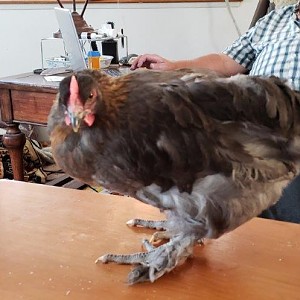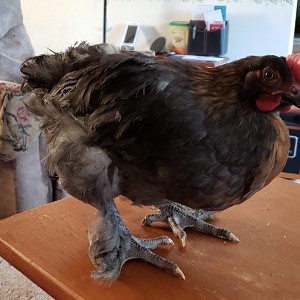Navigation
Install the app
How to install the app on iOS
Follow along with the video below to see how to install our site as a web app on your home screen.
Note: This feature may not be available in some browsers.
More options
You are using an out of date browser. It may not display this or other websites correctly.
You should upgrade or use an alternative browser.
You should upgrade or use an alternative browser.
Could this be a roo?
- Added by BF Vince
- Create date
I don't know if this is a roo or what breed it is. I purchased a variety pack for a broody hen. Heard crowing this morning and don't know who is the culprit. This chick is so beautiful in real life...maybe it is the roo? 9 weeks old.
More in Other
-
Birmingham Show RollerAlso called the English Show Roller or just Show Roller, they are larger than the regular...
-
Lady Amherst's pheasantA very close cousin to the Golden Pheasant, one that often hybridizes with them. Similar care...
-
Buda Pest Tumbler [Pigeon]A rare breed of pigeon often kept for exhibition purposes.
-
Birmingham RollersBirmingham Rollers are a small and easy to care for therefore they are recommended as a...
-
Orpington-521This breed developed at the end of the nineteenth century by a englishman called William Cook...


